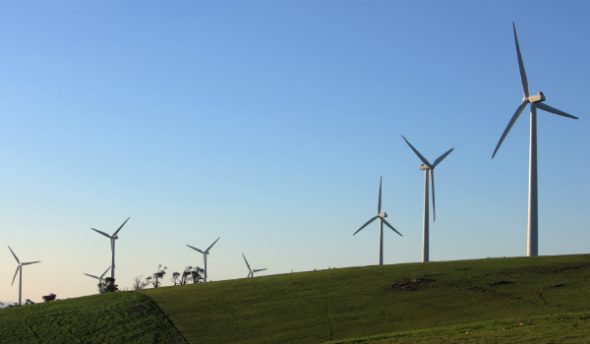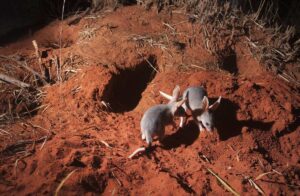Australia’s burgeoning wind industry could save tens of millions of dollars over the coming decades by integrating wind turbine life extension plans into operations and maintenance strategies, a move that could boost value by up to 12%.
A new analysis by wind energy analytics company Onyx Insight finds that predictive maintenance strategies are key to prolonging the life of wind turbines and, therefore, driving down future operational costs and enhancing the sustainability of wind farms.
According to Onyx, the installed capacity of wind energy in Australia will have more than doubled over five years, to more than 15GW – and this is without tapping into the huge offshore wind resources available in Australia.
On the back of continued growth and the potential expansion into offshore waters, Onyx concludes that Australia’s wind energy sector currently sits in a prime position to future-proof its margins by integrating wind turbine life extension plans such as advanced sensing tools to avoid component failures and asset downtime.
Recent advances in digital tools also present an opportunity for Australian wind farm owners and operators to enhance the sustainability of their projects by reducing construction and requiring less frequent replacements of carbon-intensive steel components and reducing demand for rare earth materials.
“Australia has the pedal to the floor when it comes to transitioning away from fossil fuels,” said Hiren Limbachiya, regional manager for Australia and New Zealand at Onyx Insight.
“The country’s wind industry has been on a steady trajectory since the Salmon Beach Wind Farm near Esperance in Western Australia began operating in the late 1980s.
“But we are on the cusp of development at real scale, which presents two opportunities in tandem that could guarantee the sector is at the forefront of a clean energy revolution in the country.”
As Onyx points out, many of the turbines built during the infancy of Australia’s wind energy industry are now nearing the end of their original lifespans, and are thus in need of either repowering, decommissioning, or life extension. More than 15% of wind projects globally will reach the 15- to 20-year-old mark in 2022.
Tackling these issues now with life extension plans and technology will ensure Australia’s oldest wind projects remain reliable and productive. Specifically, the introduction of advanced monitoring technologies can help to transform the economics of life extension and deliver years of extra value for asset owners.
“This is the first big opportunity for operators in Australia,” said Hiren.
“Successfully extending the life of a project can mean reducing the cost of operations in the long-term as the project ages. Operators need data to calculate risk levels and projected maintenance costs, allowing them to confidently assign budgets and justify key choices to investors.”
Onyx also points out that these life extension technologies should not be restricted to older turbines and wind projects. Rather, predictive maintenance should become the new norm for all turbines and wind projects – especially those projects set to be installed over the coming months and years.
Quoting figures from Rystad Energy, Australia currently has around 100GW worth of offshore and onshore wind in the concept stage, and around 30GW of onshore wind either under construction or in the planning stage and reaching financial close.
By integrating predictive maintenance technologies and techniques – which are already “pushing the envelope”, according to Onyx, and expanding “what is considered a useful turbine lifetime” – owners and operators would be able to maximise added value for their projects beyond what may have originally been planned and expected.
“The incentive for owner operators to extend asset life is already in place,” Hiren says.
“A turbine pays for itself in the first 10-15 years of its life. Selling electricity produced after this, once [operation & maintenance (O&M)] costs are considered, represents pure profit.
“Figures from a leading renewable financial institution show that the largest factor by far affecting the value of a project was the ability to extend life – the difference between running assets for 25 years versus 20 years is huge.
“The capability to produce additional energy from a wind farm offers one avenue of revenue. There are also significant benefits gained from reducing waste through digitalisation during the whole lifecycle of a wind fleet – and the opportunity to significantly enhance the environmental impact of wind farms by being savvier with maintenance operations to ensure more responsible use of materials.”










